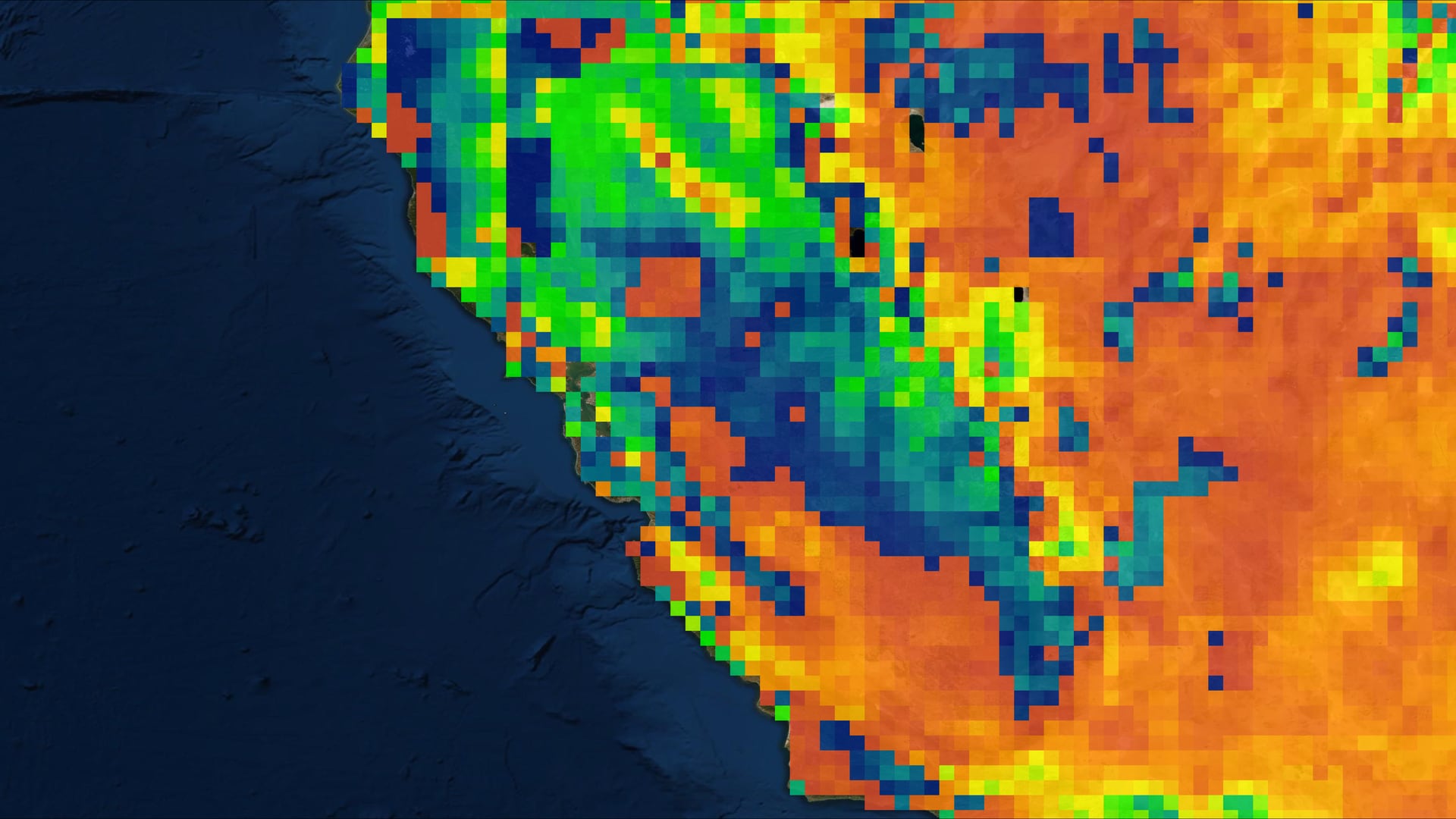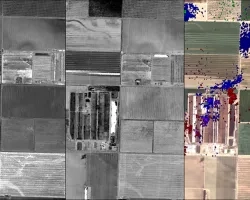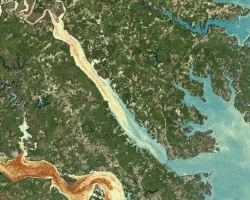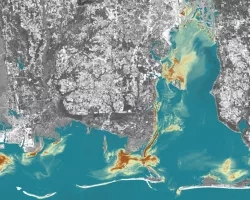
California’s Central Valley is one of the most productive agricultural areas in the world, producing approximately $20 billion in crops annually. The recent California droughts of 2007-2010 and 2011-2017 resulted in increased groundwater pumping in the Central Valley to adequately irrigate farmland. Overdrafting of the Central Valley aquifer results in groundwater depletion, land subsidence, and permanent loss of groundwater storage. In 2014, depletion of groundwater led the state of California to enact the Sustainable Groundwater Management Act (SGMA), requiring critically overdrafted, high, and medium priority sub-basins to reach sustainable levels of groundwater pumping and recharge by 2042. SGMA allows local Groundwater Sustainability Agencies the authority to create Groundwater Sustainability Plans at the sub-basin level. To assist California’s Department of Water Resources, this project quantified groundwater change and land subsidence in Central Valley sub-basins with sparse or unreliable well and GPS data. This was done using NASA’s Gravity Recovery and Climate Experiment (GRACE), GRACE Follow-On (GRACE-FO), and interferograms derived from Sentinel-1 C-band Synthetic Aperture Radar (C-SAR) and Advanced Land Observing Satellite 2 (ALOS-2) Phased Array L-band Synthetic Aperture Radar 2 (PALSAR-2). Time series of the GRACE and InSAR data were compared with well and GPS data in data-dense sub-basins to determine the feasibility of these datasets for groundwater storage and subsidence monitoring. We found that GRACE and InSAR data are effective tools for determining groundwater change and land subsidence and can be used on their own to monitor sub-basins in the absence of well and GPS data.



